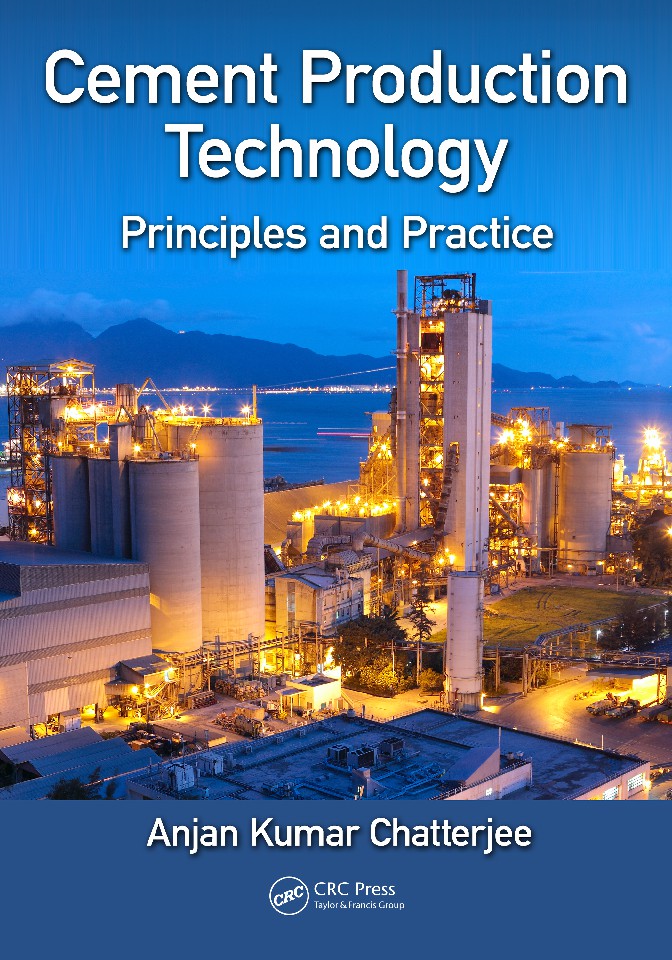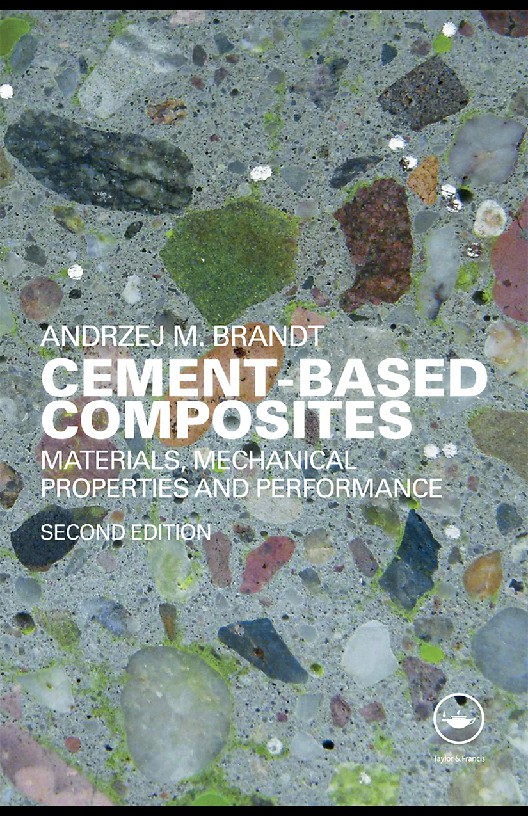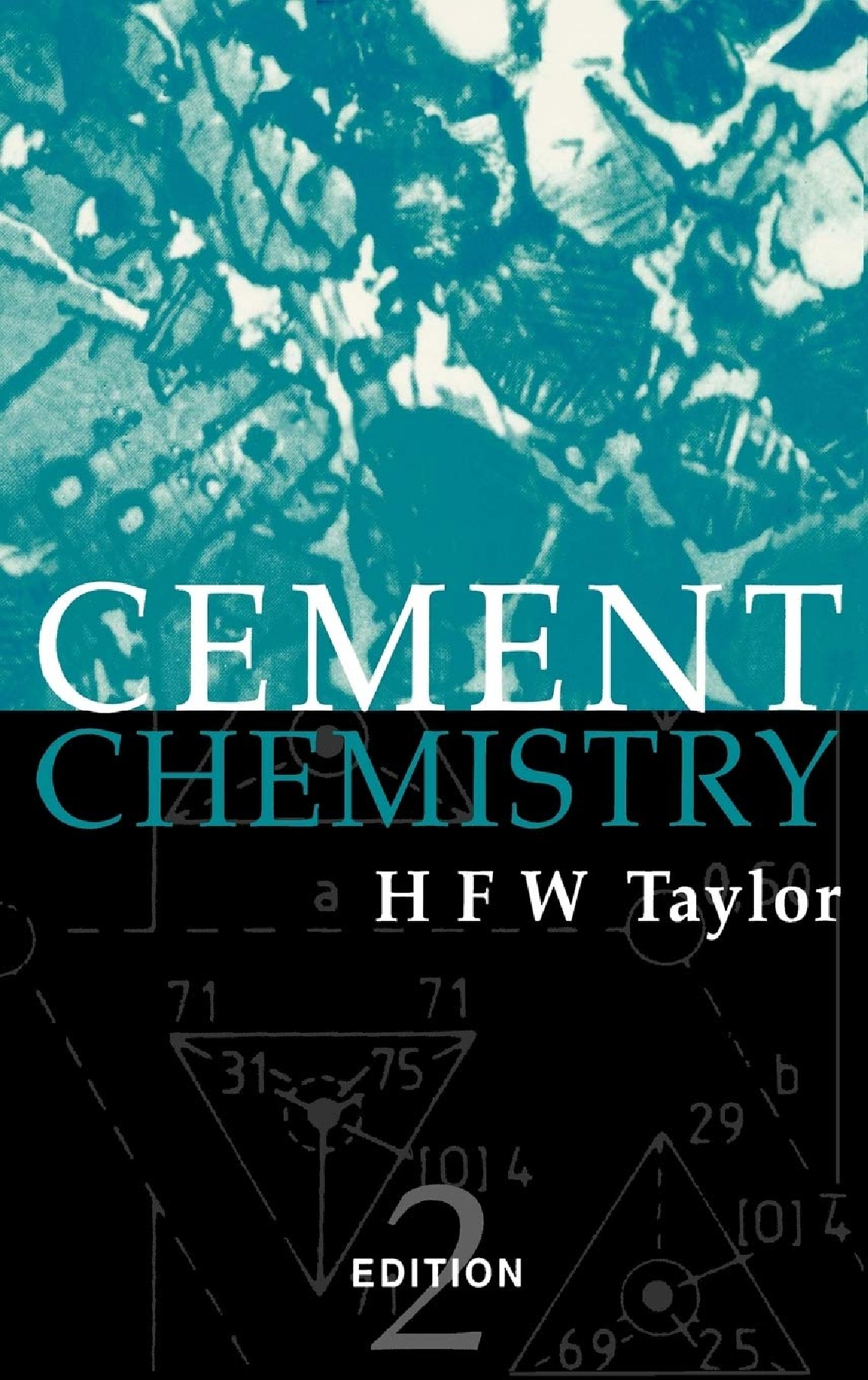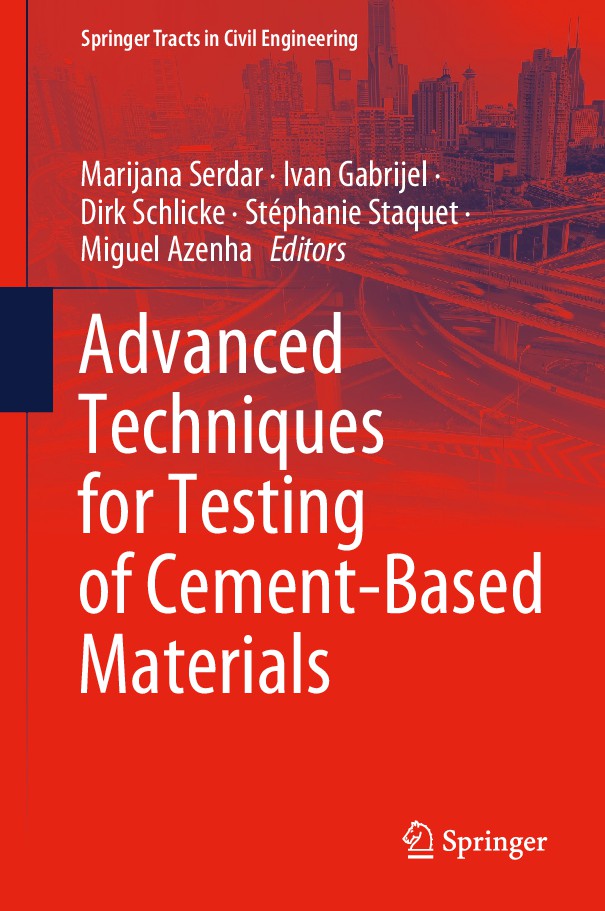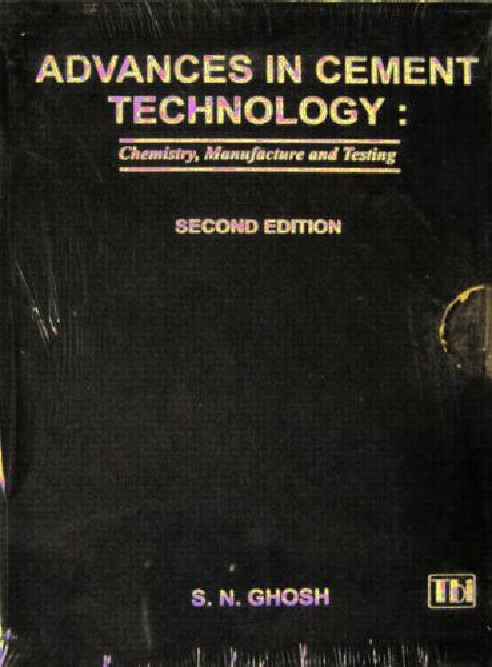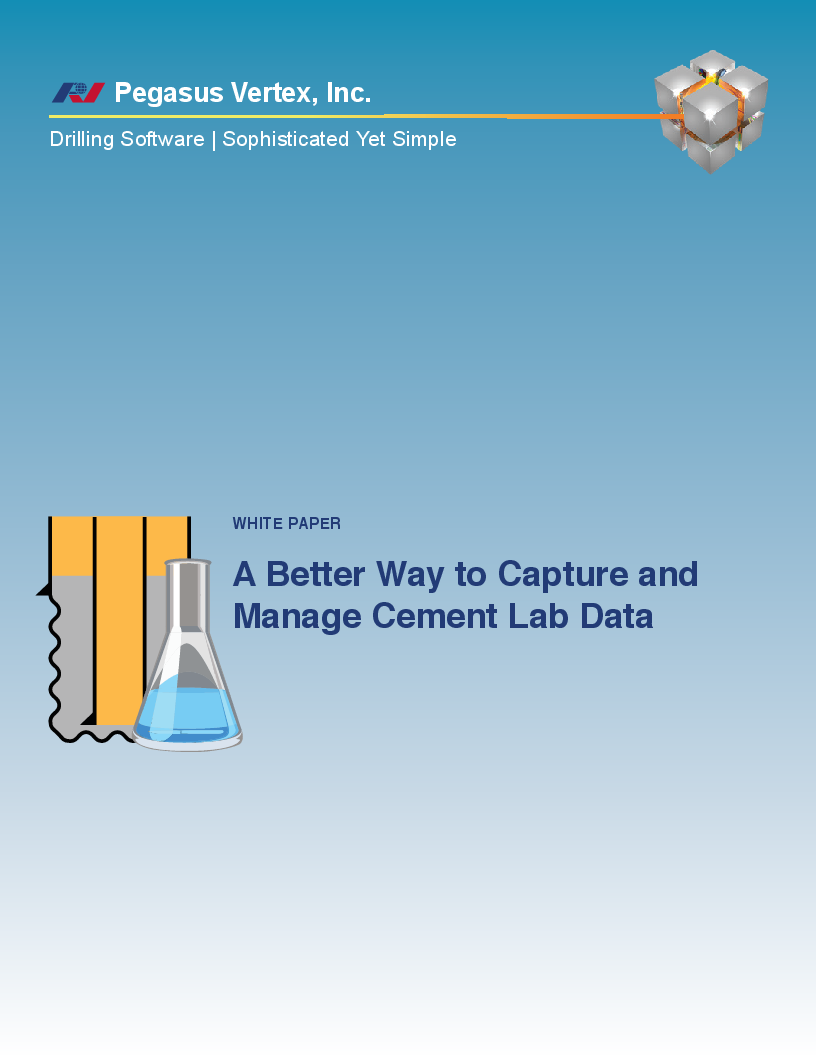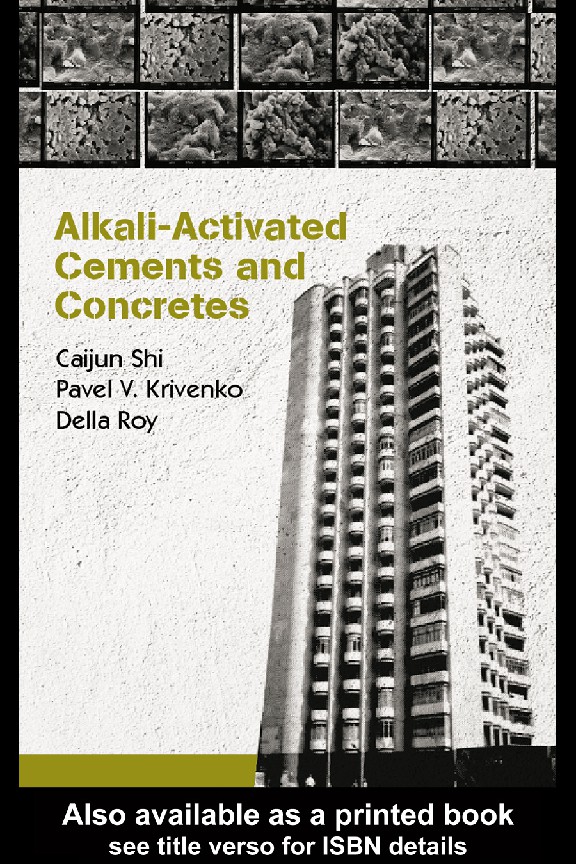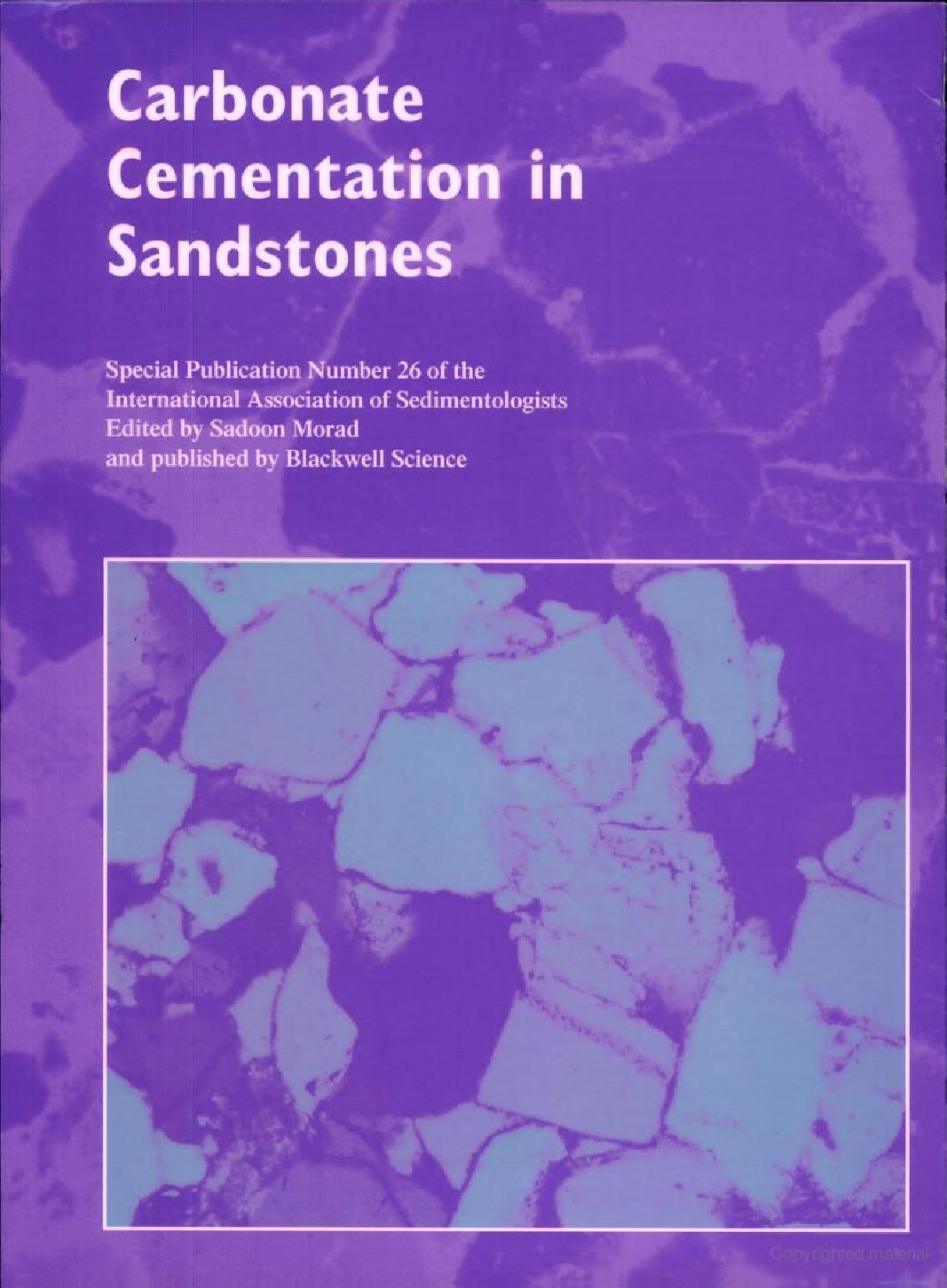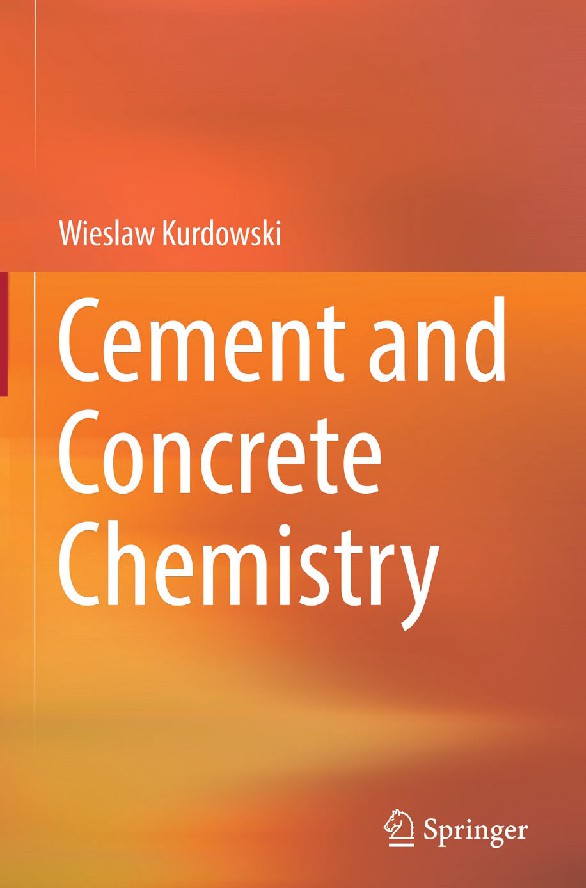Book Details

Combustion of large solid fuels in cement rotary kilns
The cement industry has a significant interest in replacing fossil fuels with alternative fuels in
order to minimize production costs and reduce CO2 emissions. These new alternative fuels are in
particular solid fuels such as refuse derived fuel (RDF), tire-derived fuel (TDF), meat and bone
meal (MBM), waste wood, sewage sludge, paper and plastics. The alternative fuel share of the
total energy varies significantly from region to region, but the general trend is towards increased
alternative fuel utilization. Solid alternative fuels typically have physical and chemical properties
that differ from traditional solid fossil fuels. This creates a need for new combustion equipment
or modification of existing kiln systems, because alternative fuels may influence process stability
and product quality. Process stability is mainly influenced by exposing the raw material bed in
the rotary kiln to reducing conditions, which increases the tendency for deposit formations in the
rotary kiln material inlet end, kiln riser duct and lower cyclone stages. Clinker quality may also
be affected by minor compounds from the fuel ashes or from unburned carbon leaving the rotary
kiln with the clinker.
Author: Anders Rooma Nielsen
Pages: 238
Issue By: Page Flip
Published: 2 years ago
Likes: 0
